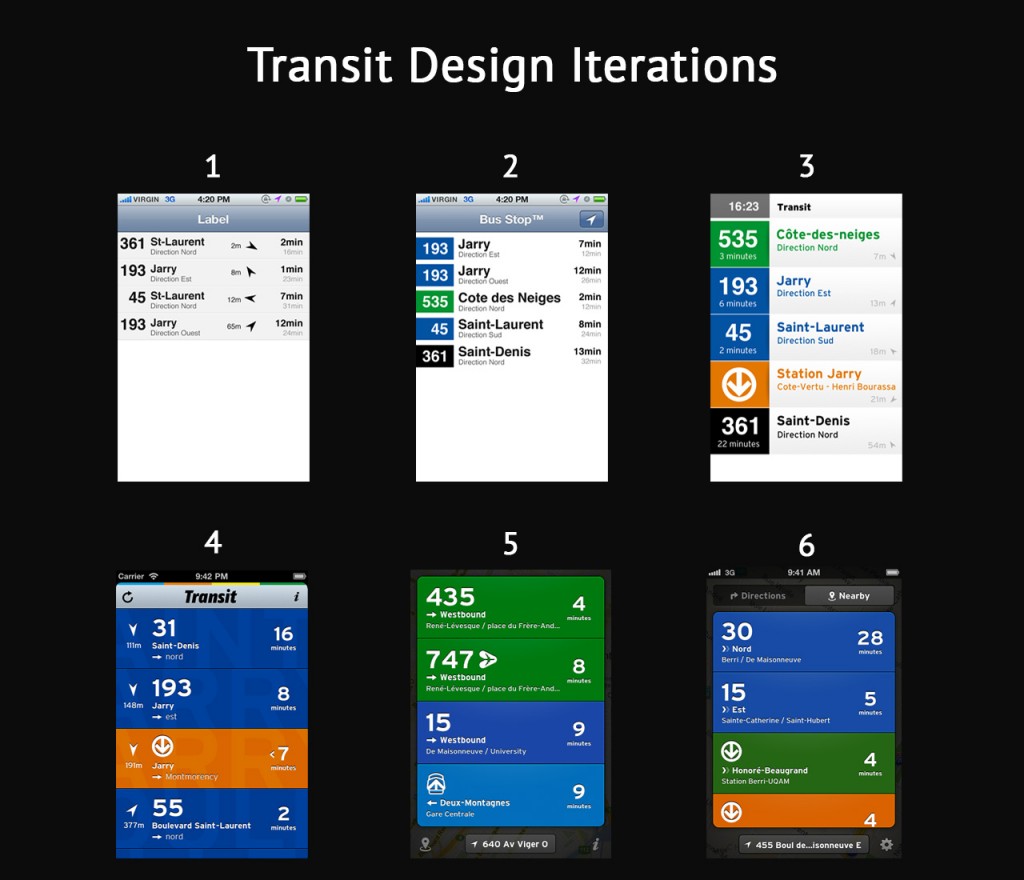The Mystic Media Blog has devoted our expertise into a five-part series of articles detailing the ins and outs of Promotional Writing, concluding with this post on writing for social media. The series covered several topics, including general techniques, suggested processes, press releases, and website copy writing.
The advent of social media had a dramatic affect on culture and society. The entire world became interconnected at the click of a button. Suddenly, everyone’s favorite brands and artists were available for communication anywhere, anytime using your smartphone. The newspaper became even more irrelevant to the younger generation as they could receive news updates directly from their favorite artists and brands, skipping the middleman.
All brands should have their marketing team running multiple social media accounts. It’s the cheapest and most direct route to consumers who want to hear what you have to say; who show by the act of following/liking the brand that they desire information and communication.
In honor of social media, we’ve gathered tips for writing for social media and structured them with the succinct, direct quips fitting of the format.
“BREVITY IS THE SOUL OF WIT”
Most scholars agree Shakespeare would have killed the social media game. This famous quote from Hamlet rings true across all writing, especially social media. Rather than overloading followers with an abundance of wordy content, keep it simple, concise, and witty.
RESPOND/REACT QUICKLY
In order to engage consumers, it’s vital to reply and interact promptly with followers on social media accounts (especially Twitter!). Remember: direct replies don’t overload your Twitter followers’ feed, making them a great, more intimate way to communicate with consumers.
A favorite, retweet, or follow back can also engage a follower as much as a reply.
CROSS-PROMOTE
Tweet “Follow us on Facebook for more updates.” Post “Check out our Twitter page!” on Facebook. Tweet Instagram photos. Grow your fan-base and keep them aware of the multiple platforms of communication by cross-promoting accounts. As in all forms of promotional writing, the call-to-action is among the integral parts of posting to social media.
PLAY IT SAFE
Perhaps this should be the number one rule: don’t make people furious. Play it safe when it comes to topical events. Be respectful of tragedies and don’t post anything politically incorrect. A single tweet can have huge repercussions.
Be extra careful when attempting to create a trend through hashtagging. This McDonald’s horror story serves as a moral tale of how important it is to be conscious of potential reactions to a brand before posting.
BUT DON’T BE AFRAID TO GET CHEEKY
Followers want to see a little personality out of the social media accounts they follow. Although you don’t want to offend anyone, you also won’t get any real response from boring posts. Try to keep it cheeky and create humorous posts. Analyze what connects most to your audience, take notes, and refine techniques over time.
MEME IT UP!
Memes are a great, modern way of effectively promoting a product while imparting humor. Check out this awesome article on memes for marketers.
FIND AN EFFECTIVE SOCIAL MEDIA MANAGEMENT TOOL
Social Media accounts require around the clock management. When you have separate accounts on Facebook, Twitter, Instagram, Pinterest, LinkedIn, Tumblr, and Google+, it’s difficult to keep track of each account everyday. Social Media Management tools like Hootsuite, Buffer, and more can be vital not only in managing accounts, but researching your followers and what posts are most effective.
INTERACT WITH CELEBRITIES
Cross-branding can raise awareness of a company and allow them to find their consumers in creative places. Interacting with select celebrities with compatible brands is a great way to attain exposure, gain access to new followers, and grow brand awareness.
DON’T UNDERESTIMATE TUMBLR
Tumblr is among the leading social media platforms underutilized by marketing teams. Tumblr hosts over 130.5 million blogs, while WordPress only has 70 million. Tumblr users average 12 minutes of use per day on the network–1.5 minutes more than what’s spent on Facebook.
For more information on Tumblr, check out this article over at Social Media Marketing.
CONTESTS
Social Media, specifically Facebook, is an ideal place to host contests. Any and all action the user takes toward entering a competition through Facebook will be publicized to their friends and followers on their newsfeed. Facebook recently banned Likegating, which certainly represents a roadblock, as well as an opportunity for more innovative approaches to social media contests.
KNOW YOUR AUDIENCE
This has been the theme of our promotional writing series, so it’s fitting close this conclusive article with the most important part of all promotional writing: know your audience. With regard to social media, it’s vital to understand what will connect with those who consume and who may desire the brand being represented. Know the lingo. Know the humor. Know what your audience is reading and redirect them to cool articles.
The goal of promotional social media is not exclusively to attain sales, but to cultivate followers who will pause and consider what you write. Engage and expand your fanbase, give them what they want, and be consistent.
At Mystic Media, our vast experience in strategic marketing and application development for both iOS and Android gives us expertise on the all formats of promotional writing: from social media, to search engine optimization, copy writing, web design, and more. Learn more by clicking here or by contacting us by phone at 801.994.6815

